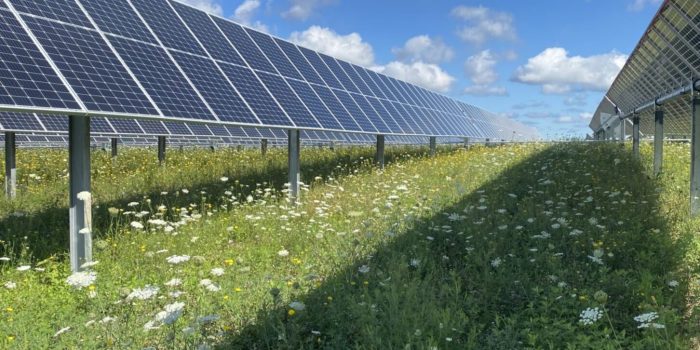According to the International Energy Agency (IEA), the installed capacity of renewable energy will be increased by 75% through 2027.
Per IEA prediction, cumulative solar PV capacity will be tripled, growing by almost 1,500 GW over the period, exceeding natural gas by 2026 and coal by 2027.
“Renewables were already expanding quickly, but the global energy crisis has kicked them into an extraordinary new phase of even faster growth,” said Fatih Birol, executive director, IEA.

“First, high fossil fuel and electricity prices resulting from the global energy crisis have made renewable power technologies much more economically attractive, and second, Russia’s invasion of Ukraine has caused fossil fuel importers, especially in Europe, to increasingly value the energy security benefits of renewable energy,” said the report.
“This is a clear example of how the current energy crisis can be a historic turning point towards a cleaner and more secure energy system. Renewables’ continued acceleration is critical to help keep the door open to limiting global warming to 1.5 °C,” said Birol. Limiting global warming to this level is key to staving off the worst effects of climate change.
Solar PV alone makes up for over 60% of all forecast renewable capacity expansion. Utility-scale solar PV is the most economical option for new electricity generation in most countries.
Competitive auctions have stimulated the forecast growth, with increasing contributions from corporate power purchase agreements, bilateral contracts, and merchant activity. In the first nine months of 2022, about 77 GW of new renewable auction capacity was awarded globally, mostly solar and wind projects.

Elevated commodity prices, high freight costs, and ongoing supply chain disruptions have increased onshore wind investment costs by 15-25% and solar by 10-20% from pre-Covid levels.
IRA incentives are expected to support the Biden Administration target of 100% carbon-pollution-free electricity by 2035. Also, 37 out of 50 states have renewable portfolio standards and goals supporting expansion.
In less advantaged economies, the increased forecast has asked for working on policy and regulatory uncertainties, weak grid infrastructure, and a lack of access to affordable financing that is obstructing new projects.


